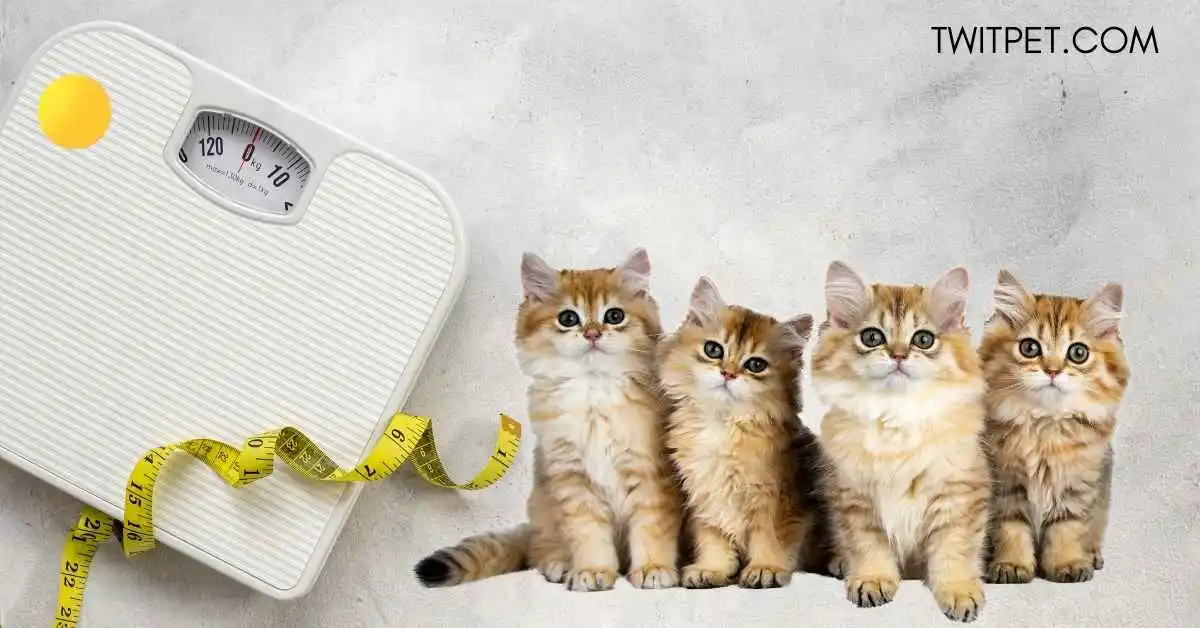Is your cat a bit too round? If yes, don’t worry. Helping your cat lose weight naturally is easy. Just follow these tips to keep your feline friend fit and healthy.
Understanding Your Cat’s Weight
First, you need to know your cat’s ideal weight. Most cats should weigh between 8 to 10 pounds. But, some breeds can weigh more. Check with your vet to know what’s best for your cat.
Why Your Cat Needs to Lose Weight
Extra weight can harm your cat. It can lead to serious health problems. Some issues include diabetes, arthritis, and heart disease. A healthy weight keeps your cat active and happy.
Steps to Help Your Cat Lose Weight
1. Measure Your Cat’s Food
Don’t just fill up your cat’s bowl. Measure the food. Follow the guidelines on the food packaging. Or ask your vet for advice. This way, you avoid overfeeding.
2. Feed More Frequently, But Less
Instead of one big meal, feed smaller meals throughout the day. This helps control your cat’s hunger and metabolism.
3. Choose High-quality Cat Food
Quality food is important. Look for high-protein and low-carb options. Avoid foods with fillers like corn and wheat.
4. Provide Fresh Water
Water is vital. Always keep fresh water available. It helps with digestion and keeps your cat hydrated.
5. Engage Your Cat In Play
Exercise is key. Play with your cat every day. Use toys like feather wands or laser pointers. Aim for at least 10-15 minutes of active play.
6. Create An Activity Schedule
Make a play schedule. Set regular times for play and stick to them. This helps your cat look forward to exercise.
7. Use Puzzle Feeders
Puzzle feeders make eating fun and challenging. They slow down eating and provide mental stimulation.
8. Avoid High-calorie Treats
Treats can add extra calories. Choose low-calorie options or give small pieces. Limit the number of treats per day.
Healthy Food Choices for Cats
| Food | Benefits |
|---|---|
| Lean Meat (Chicken, Turkey) | High in Protein, Low in Fat |
| Fish (Salmon, Tuna) | Rich in Omega-3 Fatty Acids |
| Vegetables (Carrots, Peas) | Low in Calories, High in Fiber |
Monitoring Your Cat’s Progress
Track your cat’s weight weekly. Use a scale to weigh your cat. Keep a record of the weight changes. Celebrate small successes.
Consult Your Vet Regularly
Your vet is your best ally. Regular check-ups are important. They can provide personalized advice and ensure your cat is healthy.
Summary
Helping your cat lose weight naturally is simple. Feed the right food, encourage play, and monitor progress. Always consult your vet for the best results.
Quick Tips for Cat Weight Loss
- Measure food portions.
- Feed small, frequent meals.
- Choose high-quality food.
- Keep fresh water available.
- Engage in daily play.
- Use puzzle feeders.
- Avoid high-calorie treats.
- Track weight weekly.
- Consult your vet regularly.
Follow these steps and your cat will be on the path to a healthier life. A fit cat is a happy cat!
Frequently Asked Questions
What Are The Signs Of An Overweight Cat?
An overweight cat may have difficulty grooming, reduced activity, and a noticeable layer of fat over the ribs.
How Can I Help My Cat Exercise?
Engage your cat with toys, laser pointers, or interactive play sessions to encourage regular physical activity.
Is A Special Diet Necessary For Cat Weight Loss?
A vet-recommended, balanced diet can help manage your cat’s weight effectively while ensuring they receive essential nutrients.
How Often Should I Feed My Overweight Cat?
Feed your cat smaller, more frequent meals throughout the day to help control their calorie intake and avoid overeating.
